Rhinoplasty
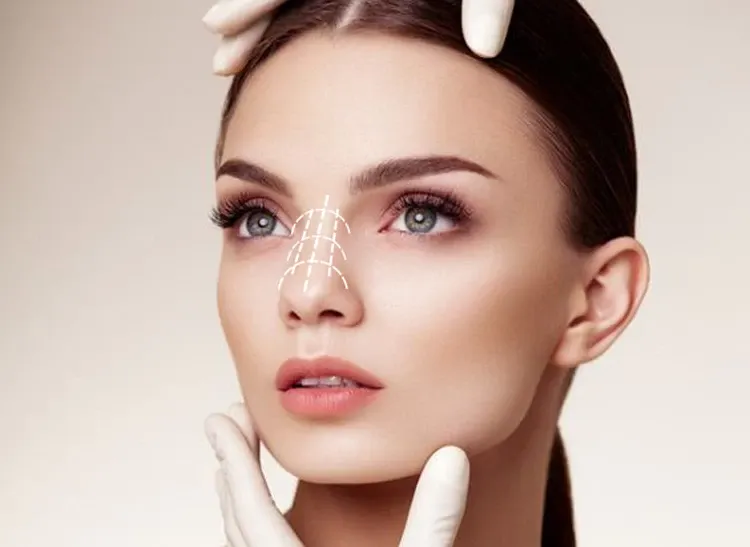
Have you ever looked in the mirror and wished your nose looked different? You're not alone. Rhinoplasty is no longer just an aesthetic luxury; it's a gateway to improving self-confidence and correcting functional defects that affect breathing and quality of life. Whether you want a nose that's more in balance with your facial features or seek to address congenital or traumatic problems, rhinoplasty has emerged as one of the most prominent options in the world of plastic surgery. In this article, we delve into everything you need to know, from the initial evaluation to the moment you look in the mirror again with a different smile.
What is rhinoplasty?
Rhinoplasty: Rhinoplastyis a surgical procedure that aims to improve the external appearance of the nose or correct functional problems, such as breathing difficulties caused by a deviated septum. It is considered one of the most common cosmetic surgeries in the world, with many people seeking it for reasons ranging from improving facial aesthetic symmetry to treating the effects of previous injuries or birth defects.
Rhinoplasty also improves quality of life by facilitating breathing or reducing snoring. The procedure is performed under local or general anesthesia, and the technique chosen depends on the condition of the nose and the patient's goal for the surgery.
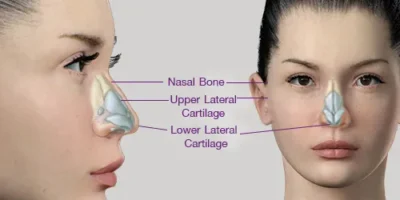
Who is a good candidate for rhinoplasty?
Rhinoplasty isn't just a cosmetic decision; it's a realistic option for people who feel disproportionate to their facial features or face difficulties due to the shape of their current nose. If you're unhappy with the appearance of your nose, whether due to genetics or a past accident, this procedure may be right for you.
The most prominent cases that benefit from rhinoplasty are:
- A prominent or deviated nose.
- A nose size that is disproportionate to the facial features.
- Low or sloping nasal tip.
- Changes in the shape of the nose after injury.
- In rare cases, a patient may need a revision rhinoplasty to improve a previously unsatisfactory result.
The basic condition is that the person is in good health, the growth of the nasal bones is complete, and he has realistic expectations of the results of the operation.
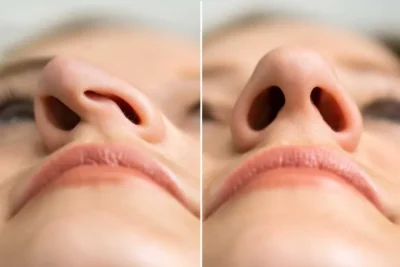
The most important types of rhinoplasty:
> Rhinoplasty procedures vary depending on the purpose of the surgery and the nature of the modifications required, patients are offered multiple options to suit their individual needs. Types can be classified as:
(Open Rhinoplasty):
This type is used when the procedure requires significant changes to the shape of the nose. A small incision is made at the base of the nose to lift the skin and expose the internal structure. This gives the surgeon a clearer view and greater control, making it ideal for complex cases or minor corrections.
(Closed Rhinoplasty):
It is performed through internal incisions without any external wounds and is often used for mild to moderate cases. This type of surgery is characterized by rapid recovery and minimal post-operative swelling.
(Liquid Rhinoplasty):
Also known as filler rhinoplasty, it's a temporary, non-surgical option for correcting minor curves or raising the tip of the nose using fillers such as hyaluronic acid. It doesn't require general anesthesia and takes only a few minutes, but its results are temporary and need to be reapplied.
The choice of rhinoplasty type depends on the surgeon's assessment of the patient's condition, the patient's goals, and the extent of the desired change. It is important to understand the differences between these types to make an appropriate and safe decision.
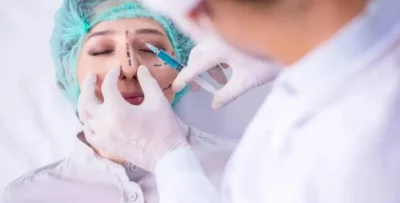
Learn about the steps of rhinoplasty in detail:
1. Initial consultation
At this stage, the doctor discusses with the patient their goals and expectations for the procedure, and the current shape of the nose is evaluated from all angles. Photographs of the nose are taken, and digital imaging techniques are sometimes used to simulate the expected results. The patient's general medical history is also reviewed to ensure eligibility for the procedure.
2. Preparing for the operation
Before surgery, the patient is asked to fast for a specified period and stop taking certain medications that may affect clotting. The type of anesthesia (general or local with sedation) is determined based on the doctor's recommendation and the patient's condition.
3. Performing the surgery
- The surgeon begins by making surgical incisions, either inside the nose (in the closed technique), or at the base of the nose between the two nostrils (in the open technique).
- After opening the skin, the surgeon reshapes the bone and cartilage to reduce or enlarge the nose, correct a deviation, raise the tip, or correct symmetry.
- If a cartilage graft is needed, it may be taken from the nasal septum, the ear, or the rib (in special cases).
- After the adjustments are completed, the skin is replaced and the incisions are carefully closed.
4. Immediately after the operation
An external splint is placed on the nose to stabilize its new shape, and nasal packing or supports may be placed inside the nose as needed. The patient is monitored in the recovery room for a few hours before being released or remaining in the hospital, depending on the procedure.
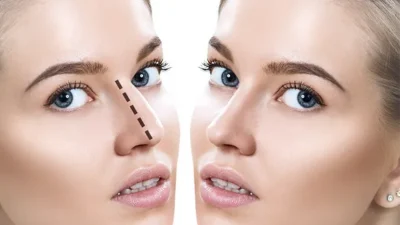
Rhinoplasty Recovery: Top Tips
The recovery period after rhinoplasty takes from several days to several months, depending on each individual's condition. In the first few days, swelling and bruising around the eyes and nose are normal, and the splint is usually removed after a week.
For best results:
- Elevate your head while sleeping.
- Avoid touching your nose or wearing your glasses directly.
- Avoid exercising or lifting heavy objects for two weeks.
- Follow your doctor's instructions carefully, especially regarding medications and nasal care.
The final result may take 3 to 6 months to fully appear, so patience and care after surgery are key to a successful rhinoplasty.
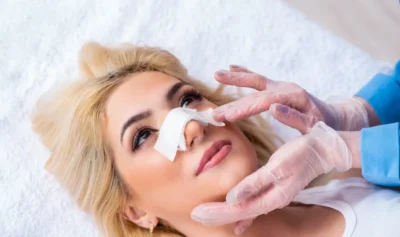
Frequently asked questions about rhinoplasty
❓ Is rhinoplasty painful?
The procedure is performed under anesthesia, so the patient feels no pain during the procedure. After the procedure, slight discomfort or pressure may occur, but this gradually subsides over a few days.
❓ Does rhinoplasty affect the sense of smell?
In rare cases, the patient may experience a temporary loss of sense of smell due to internal swelling, but this often improves during the recovery period.
❓ What are the harms of rhinoplasty?
As with any surgery, complications such as bleeding, swelling, or asymmetry may occur. However, by choosing a qualified surgeon and following instructions, the chances of these complications are greatly reduced.
Finally:
Ultimately, rhinoplasty remains a personal decision based on your needs and expectations for change. Whether your goal is to improve your appearance or correct a health issue, choosing the right surgeon and understanding the details of the procedure is the first step toward a satisfactory and safe outcome.
Remember that true beauty starts from within, but sometimes a small step can give you greater confidence and peace of mind. If you're considering this procedure, take the time to research it, ask all your questions, and make sure you're physically and mentally prepared for the journey.
Do you have a question we didn't mention? Share it with us in the comments or contact us and we'll be happy to answer any questions you may have.
Please enter your data correctly
We will contact you as soon as possible.

